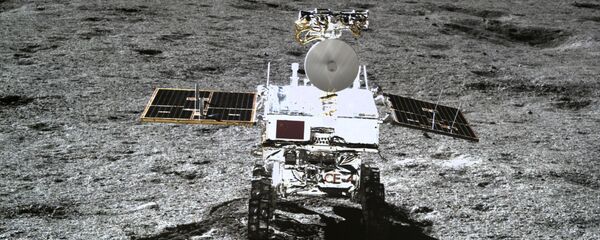China has ambitious plans to construct a series of space-based solar farms, The Sydney Morning Herald has reported, citing China's Science & Technology Daily newspaper.
The fantastical-sounding solar farms, expected to be built and launched between 2021 and 2025 (with larger, 1MW-size stations planned for 2030+) will be able to supply energy back to Earth at six times the intensity of solar farms back on Earth, Pang Zhihao, a researcher at the China Academy of Space Technology, told the newspaper.
Over time, these stations could become "an inexhaustible source of clean energy for humans," Pang said, with power transmitted by microwave or advanced photonics, and transmission unaffected by our planet's day/night cycle and terrestrial weather.
China Academy of Space Technology Vice President Li Ming wants China to become the first country in the world to build a space-based solar farm with practical value for use on Earth.
In addition to ecological concerns, researchers are also studying the means to actually lifting such a power station, which could weigh up to 1,000 metric tonnes, into orbit, with proposals including the possible assembly of the station in space using robots and 3D printing technology.
Only three space vehicles — the US's Saturn V Rocket and Space Shuttle, as well as the Soviet Energia rocket, had the proven capability of launching payloads of over 100 tonnes into orbit. Elon Musk's SpaceX, NASA's Space Launch System, and China's Long March 9 rocket programs aim at restoring this capacity. In recent years, Russia's Roscosmos has also mulled the creation of a new super-heavy rocket design for launching large payloads into orbit, including for Russia's planned Moon mission flights.
However, in recent years, the dropping cost of solar panels and falling prices per tonne of cargo delivered into orbit have renewed interest. Russia's TsNIIMash rocket and spacecraft centre began research on a space-based power plant with a generating capacity of between 1-10MW in 2013.





